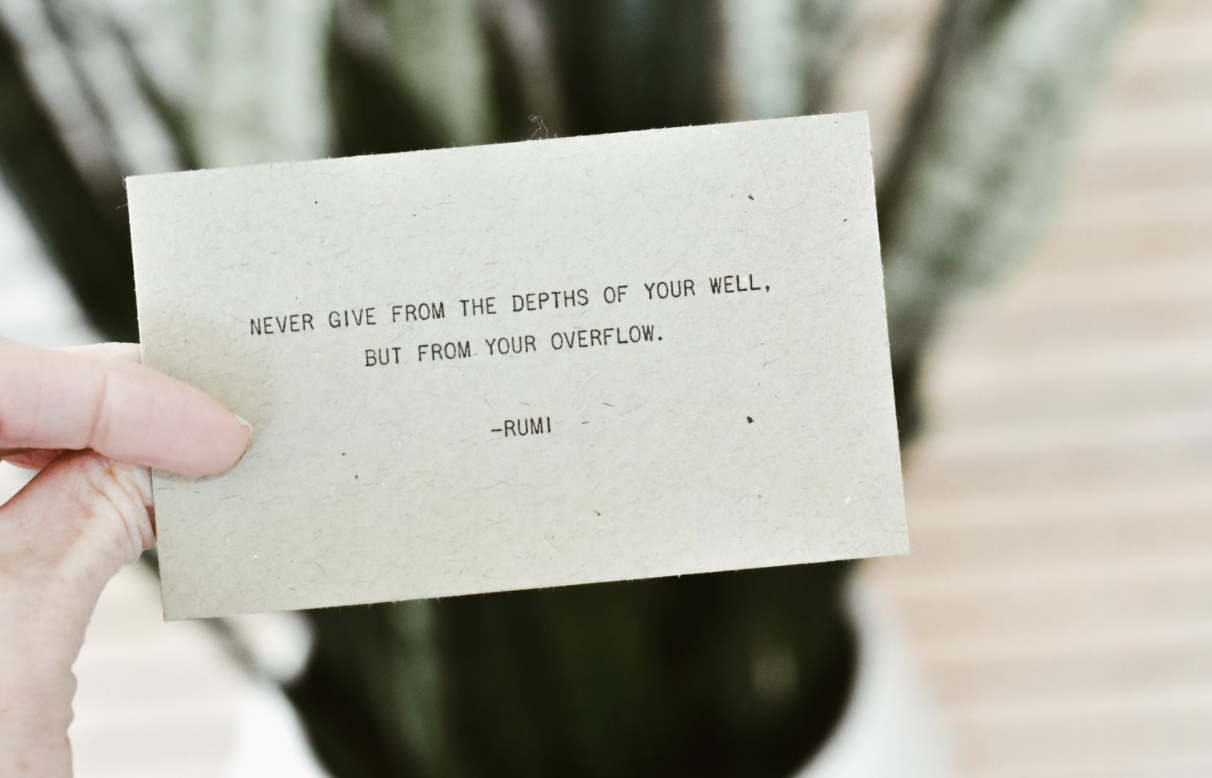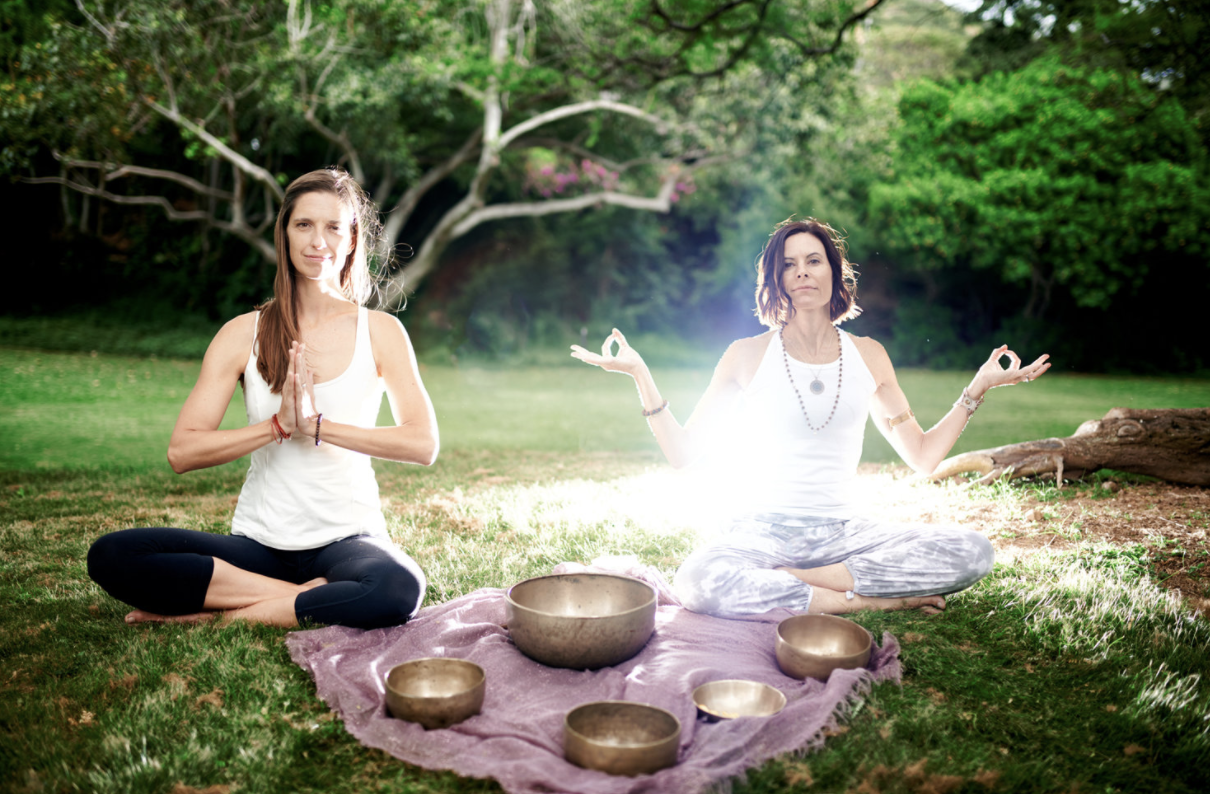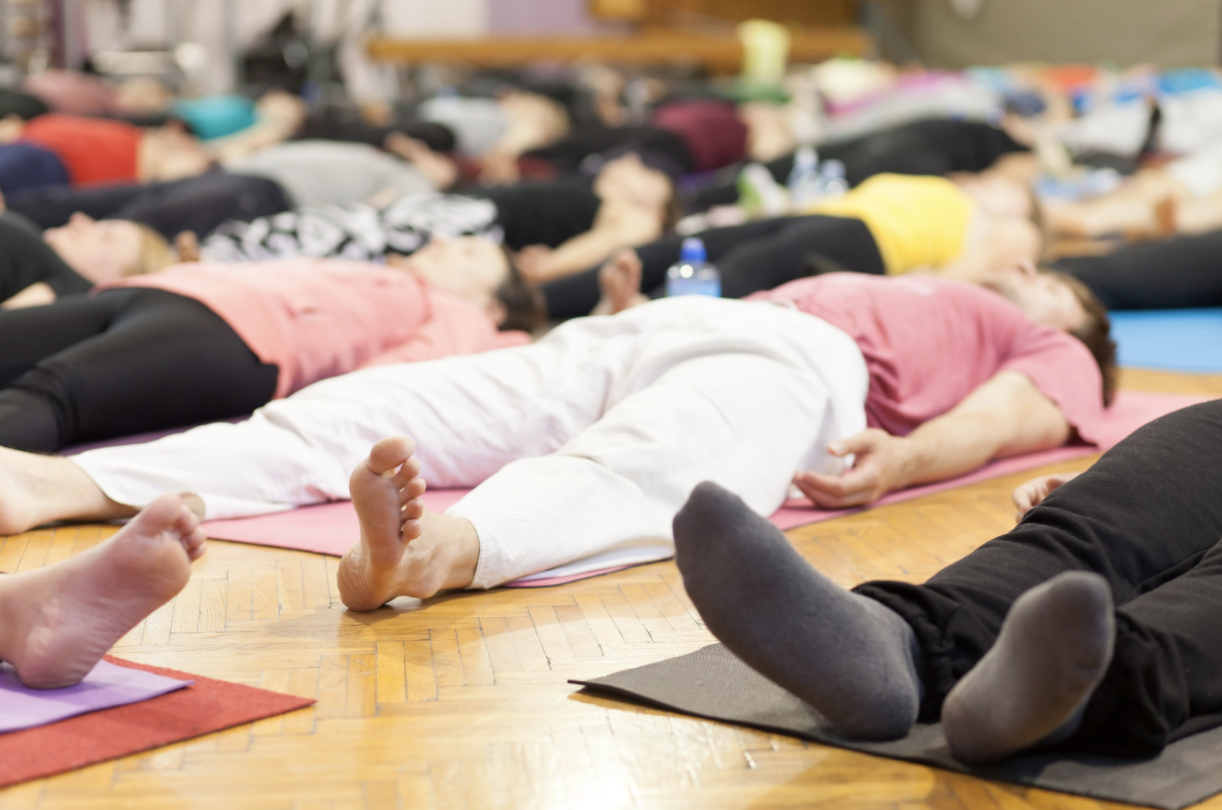“The unexamined life is one not worth living.” – Socrates
Are you starting to crave a fresh start and looking for new opportunities?
December is a time for reviewing the year and planning for the next. As we get ready to embark on the next decade let us take a moment to engage in our end of year ritual using these four steps: Schedule, Reflect, Strategize and Intend.
Schedule
First, find time.
If you are a busy person, like most of us are, then you know how challenging this step can be. But, if you are reading this article you also know how important this time is. When you take the time to pull back from daily activities and pause for self reflection everyone in your life benefits.
Choose a time that is most convenient for you. Maybe it is a few hours on a Sunday morning or in the early evening, at a retreat, or even on a long airplane ride. Schedule it in your calendar to ensure it happens.
Reflect
Once you have set aside at least a couple hours of time sit down with a journal or your laptop and reflect on your life over the past year.
This is not a time to get attached to your past. It is a time to celebrate your accomplishments and learn from failures so you can strategize the best plan moving forward.
The goal here is to create clarity.
Create three separate columns that reflect each area of your life:
Professional
Family/social
Personal
Think about the experiences you had pertaining to each category. Which ones were joyful? Which were challenging? With the attitude of receptivity, reflect on why those experiences brought you joy or difficulty. The goal is to learn more about yourself and nurture your own authenticity.
As Oscar Wilde so brilliantly stated, "Be yourself—because everyone else is already taken." There is never a better time than now to start being true to yourself. Own, nurture and celebrate every part of you. The planet will thrive as well as our communities and families when we stop being afraid of embracing our individuality. Besides, who isn’t tired of being the person everyone wants us to be? Or, being the person we “think” we “should” be? Or, on a larger scale, “conforming” to some way of conventional thinking?
Strategize
After you have gained valuable information from the reflection process it is time to plan a new year. You now know which areas of your personality require some “house cleaning,” which areas you would like to explore deeper and which areas you would like to nurture and grow.
Some people might liken this step to making a New Year’s resolution, but instead, consider it a course correction. Life is dynamic and full of change. It is normal to get thrown off course and become estranged to your true self. This is another opportunity to amp up your self compassion and dream big.
Take out a calendar and look at each month for the upcoming year. Have a sharp focus on the first quarter, it is coming fast!
Again, make plans for each category of your life:
Professional
Family/social
Personal life
Begin by brainstorming ideas. Not all ideas will manifest, but it is important to write them down anyway so you can have a roadmap to follow.
Intend
Intention is direction and determines outcomes. Wherever your attention goes your energy flows. All great think tanks - ancient and modern - understand the power of intention. In the yoga tradition, the word is “samkalpa.” You can check out last year’s blog if you want a clearer description of how to work with it.
Samkalpa is the intention of the highest kind. This is an internal longing, a prayer from our heart. It is related to our core values and it becomes an affirmation that is non-negotiable.
For instance, as I dream big and strategize my 2020 self-care routines, family trips, trainings, projects, self-development and collaborations I simultaneously invoke my personal samkalpa, “I am peaceful and I am connected to source.” This is my internal mission statement, my inner vow that cannot be compromised.
Peace is something I long for, but it can often get lost or misplaced. So, with every big idea I have for the new year it has to align with this core value.
This samkalpa is like an inner mantra. It is a simple statement, but it is loaded full of nuances, imagery and meaning. Don’t let the simplicity of the statement fool you. The samkalpa has a charge of the highest kind and it literally lives inside you. Wake up with this mantra and try to remember it throughout the day. This intention will not only direct you to make better choices, but it will attract the opportunities you desire.
Yes, there are times when the samkalpa can get lost. That is why this cycle - Schedule, Reflect, Strategize, Intend - is a helpful reboot. Do this ideally once a quarter, but certainly at the end of the year.
“Intention is one with cause and effect. Intention determines outcome. And if you’re stuck and not moving forward, you have to check the thought and the action that created the circumstance,” says Oprah Winfrey.
Challenges will arise. How smoothly you will navigate these challenges lie in how well you know yourself and the tools you use along the way.
The end of the year is a perfect time to use those tools to strengthen your bond to yourself, re-evaluate your life goals and affirm your intentions. Take the time to schedule your year end ritual and catch the energetic tidal wave into the next decade.
A Yoga Unplugged collaboration - written by Jennifer Reuter, edited by Sarah Burchard
Photo by Glenn Carstens Peters on Unsplash









































